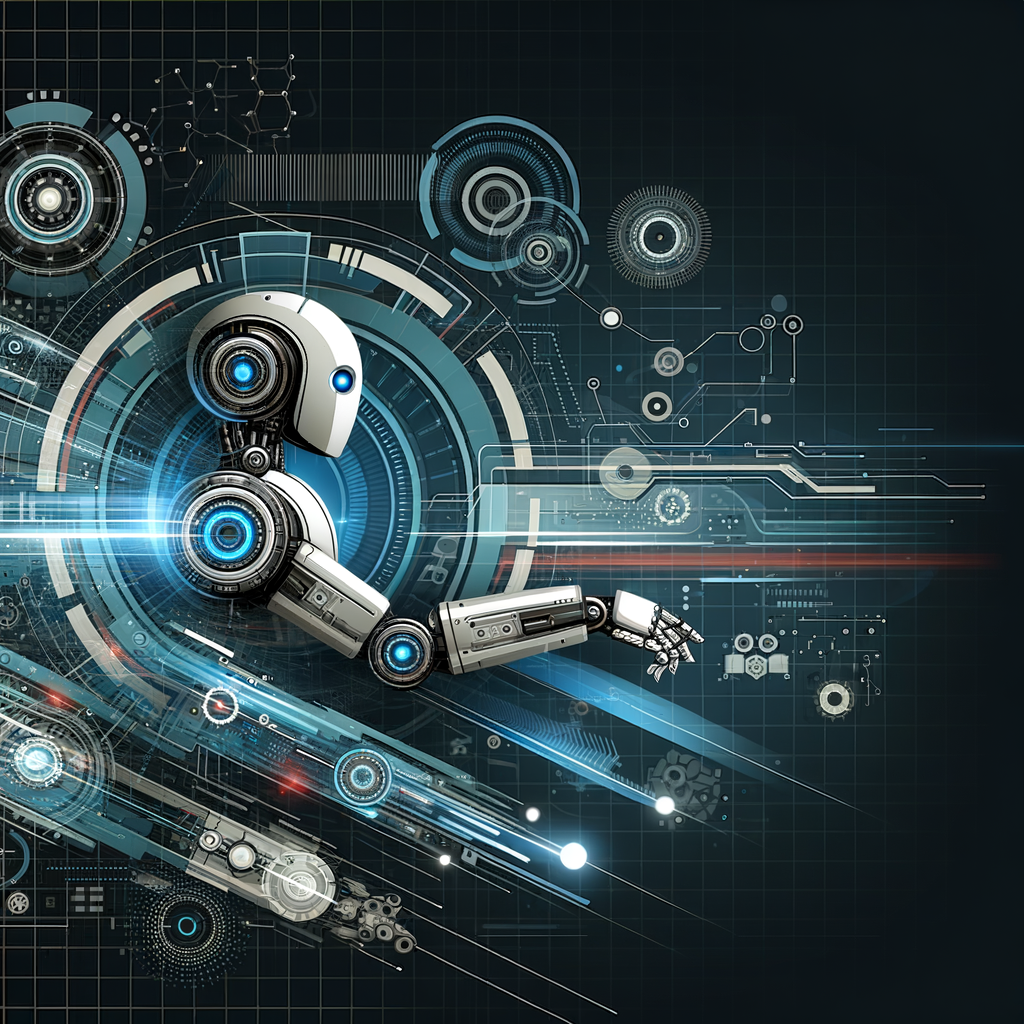
Unleashing the Future of Robotics: AI's Role in Autonomous Machines and Intelligent Automation
Explore how artificial intelligence is revolutionizing the world of robotics, enhancing autonomous machines, and driving intelligent automation across various industries. Dive into the latest advancements, applications, and the future potential of AI-powered robotics.
Unleashing the Future of Robotics: AI's Role in Autonomous Machines and Intelligent Automation
Introduction
Robotics is no longer a mere figment of science fiction. With the rapid advancements in artificial intelligence, the capabilities of robots have grown exponentially. This blog post delves into how AI is transforming robotics into autonomous machines capable of intelligent automation across various sectors, from manufacturing to logistics and beyond.
The Evolution of Robotics
The field of robotics has undergone remarkable changes since its inception. Early robots were simple machines performing repetitive tasks. However, with AI integrating into the mix, these machines have evolved into smart systems capable of learning, adapting, and making decisions.
AI in Robotics: The Core Components
Machine Learning: At the heart of AI in robotics, machine learning enables robots to learn from data and improve their functionality over time. This is crucial for applications requiring adaptation to changing environments, such as autonomous vehicles.
Computer Vision: AI-driven computer vision equips robots with the ability to interpret visual data, making it possible for robots to navigate through complex environments autonomously.
Natural Language Processing (NLP): NLP enables robots to understand and process human language, facilitating smoother interactions between humans and machines.
Industry Applications
Manufacturing: AI-powered robots enhance productivity and precision in manufacturing processes, enabling mass production while maintaining high-quality standards.
Healthcare: Robots equipped with AI assist in surgeries, rehabilitation, and patient care, offering precise and efficient support to healthcare professionals.
Logistics and Supply Chain: Autonomous drones and transportation robots optimize logistics operations by minimizing delays and increasing efficiency in inventory management and delivery.
Agriculture: AI-driven robots perform tasks such as planting, monitoring crops, and harvesting, thus revolutionizing traditional farming methods.
Challenges in AI-Robotics Integration
While AI offers immense potentials for robotics, several challenges inhibit the full realization of this symbiotic relationship:
Complexity and Cost: Developing sophisticated AI systems for robotics can be resource-intensive and costly, limiting access to advanced robotic technologies.
Safety Concerns: Ensuring the safety and reliability of AI-powered robots remains a critical priority, especially in industries where human lives are at stake.
Ethical and Legal Implications: The rise of AI in robotics raises ethical concerns, such as job displacement, privacy, and autonomous decision-making, requiring robust regulatory frameworks.
The Future of AI in Robotics
As technology advances, the synergy between AI and robotics is expected to revolutionize industries further. Emerging trends include the development of soft robotics, AI-driven human augmentation, and collaborative robots (cobots) working alongside human counterparts.
Conclusion
AI's infusion into robotics is driving a new era of intelligent automation. While challenges persist, the potential benefits far outweigh the risks, promising enhanced efficiency, safety, and innovation. Businesses and developers must adapt to this evolving landscape to harness the full power of AI-driven robotics.
By understanding and embracing these technological advancements, industries can position themselves at the forefront of innovation, poised for a future where intelligent machines work harmoniously alongside humans.